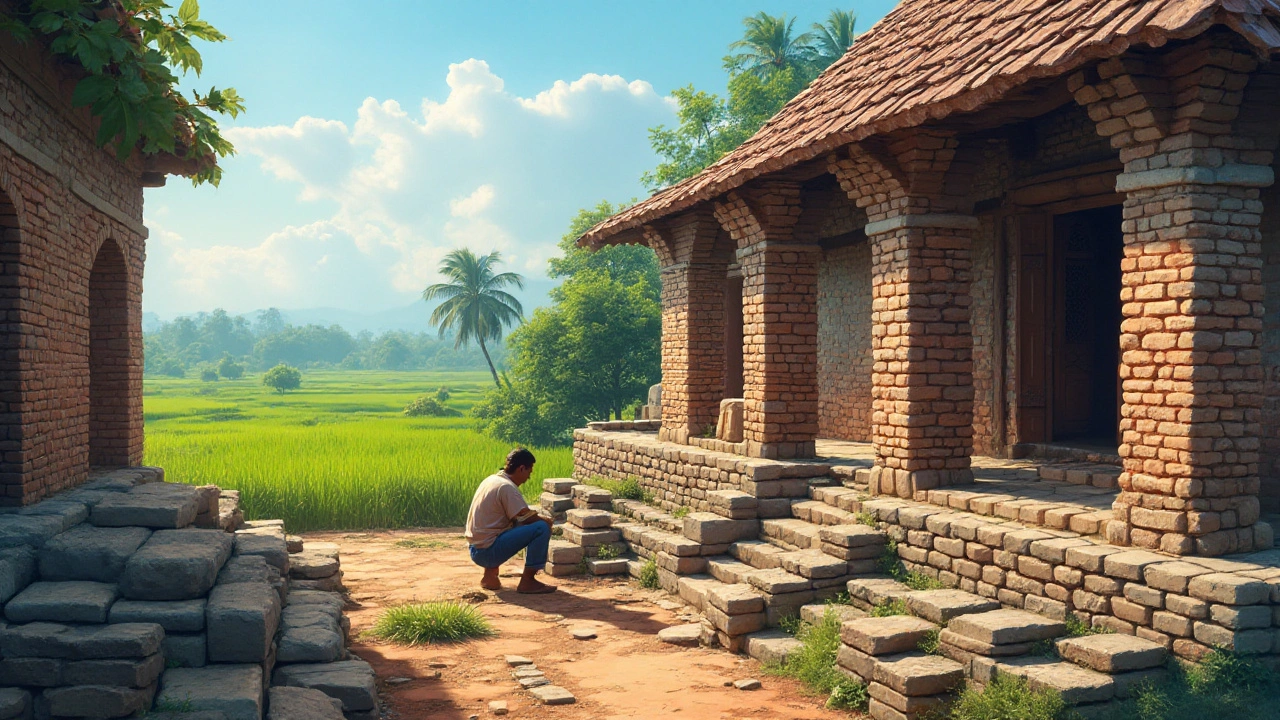Durable House Materials: Best Choices for Long-Lasting Homes
When you build a house, you don’t just want it to look good—you want it to last. That’s where durable house materials, building components designed to resist wear, weather, and decay over decades. Also known as long-lasting construction materials, they’re the backbone of homes that don’t need constant repair or replacement. Too many builders cut corners with cheap drywall, low-grade lumber, or thin roofing. But if you’re investing in a home, you need materials that handle rain, heat, frost, termites, and time without breaking down.
Not all durable materials are the same. structural steel, a high-strength metal framework used in commercial and high-end residential builds. Also known as steel framing, it resists rot, fire, and pests—and doesn’t warp like wood. Then there’s concrete block, a dense, heavy material often used for foundations and exterior walls. Also known as cinder block, it’s fireproof, termite-proof, and holds up in hurricanes. Even engineered wood, a composite made from wood fibers and adhesives pressed under heat. Also known as LVL or I-joists, it’s stronger than solid timber and doesn’t shrink or split. These aren’t just buzzwords—they’re proven solutions used in homes that survive 50, 70, even 100 years.
What makes a material durable isn’t just its strength—it’s how it reacts to moisture, temperature shifts, and biological threats. A house with a solid foundation and steel framing can still fail if the siding traps water or the roof leaks. That’s why pairing durable materials with smart design matters. Proper ventilation, drainage, and flashing turn good materials into great homes. And it’s not just about the big stuff—door frames, window seals, and even fasteners need to be chosen for longevity, not just price.
You’ll find posts below that dig into exactly this: what materials actually hold up in real homes, which ones are overhyped, and how to spot a builder cutting corners. From foundation cracks to roof failures, we break down the signs of poor material choices—and what to demand instead. Whether you’re building new, renovating, or just trying to understand why your neighbor’s house still looks new after 30 years, these guides give you the facts—not the sales pitch.
Longest Lasting Building Materials for Houses
Building a house that stands the test of time requires selecting materials known for their durability. Stone, brick, and concrete have been favored over centuries for their strength and resistance. Explore the uses and benefits of these materials and consider innovative options like rammed earth and steel. Gain insights into factors influencing material longevity to make informed decisions for your home.
Learn more...